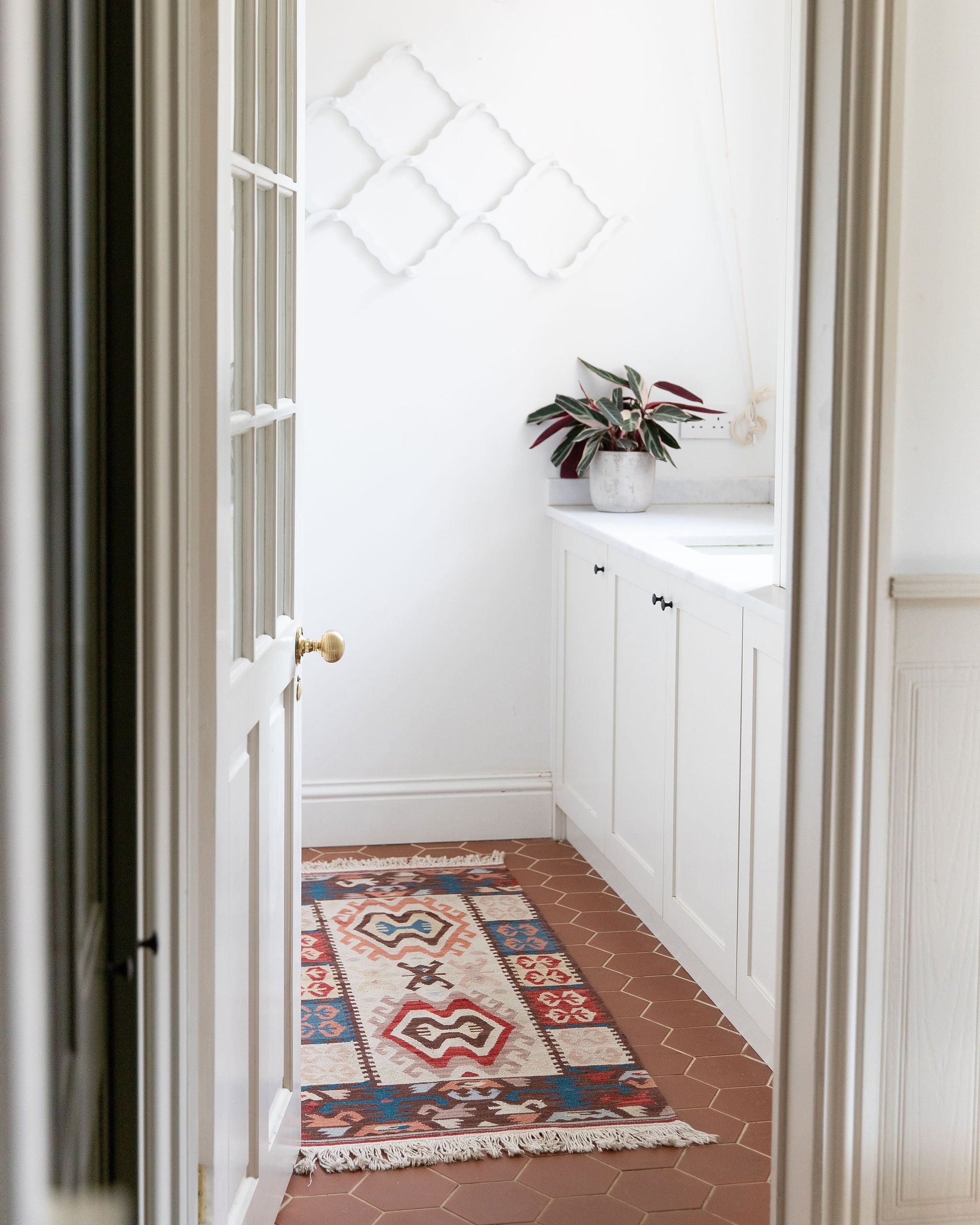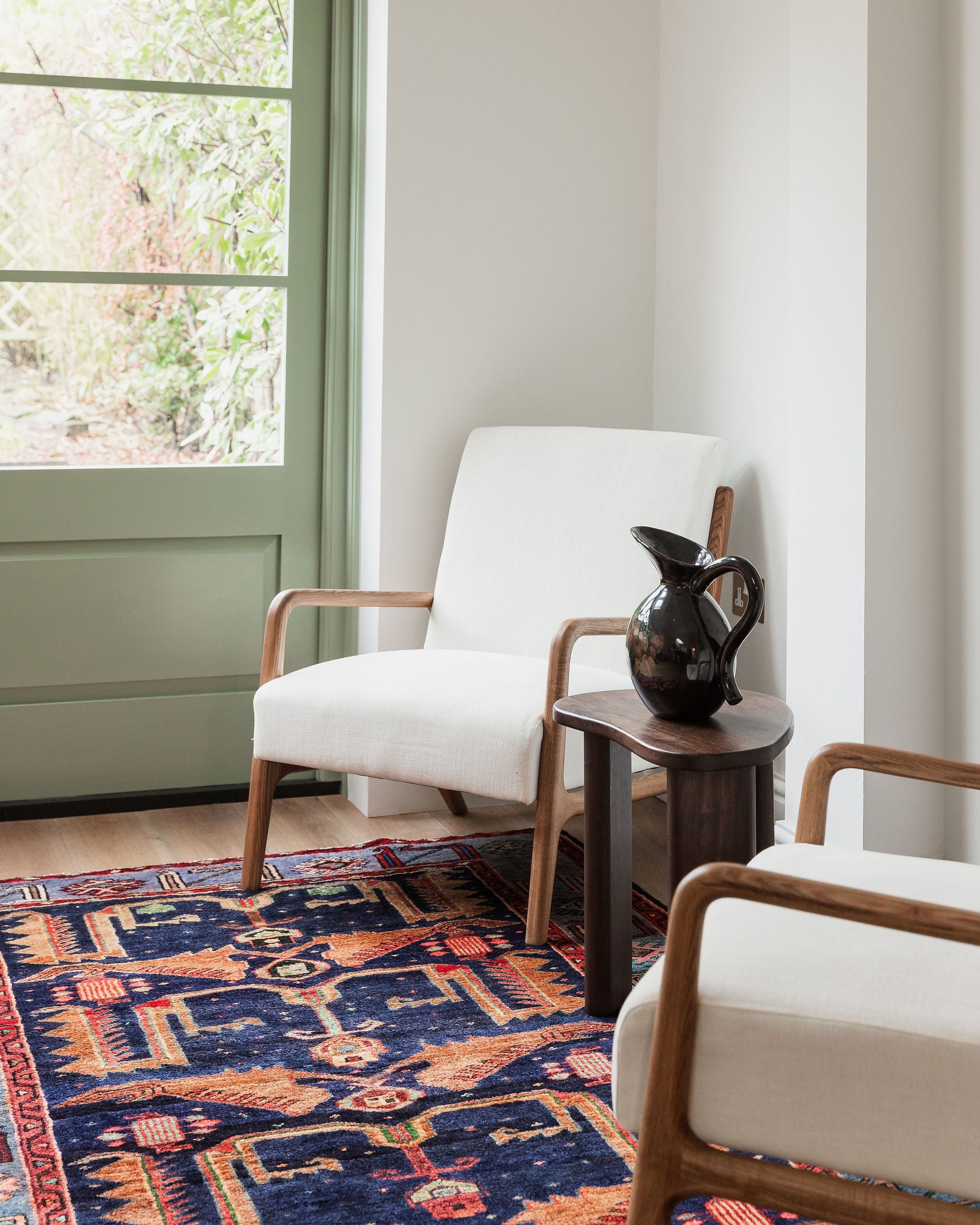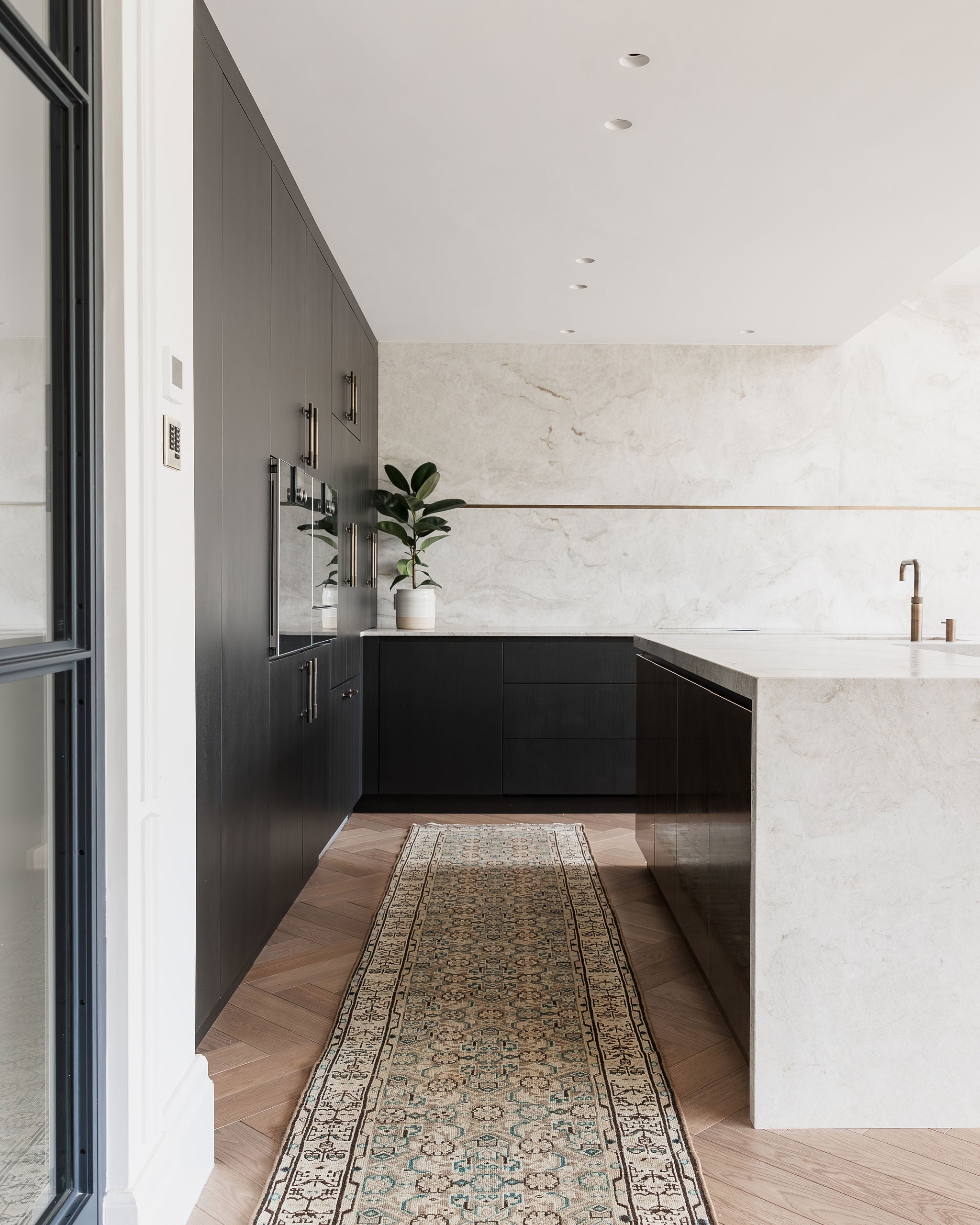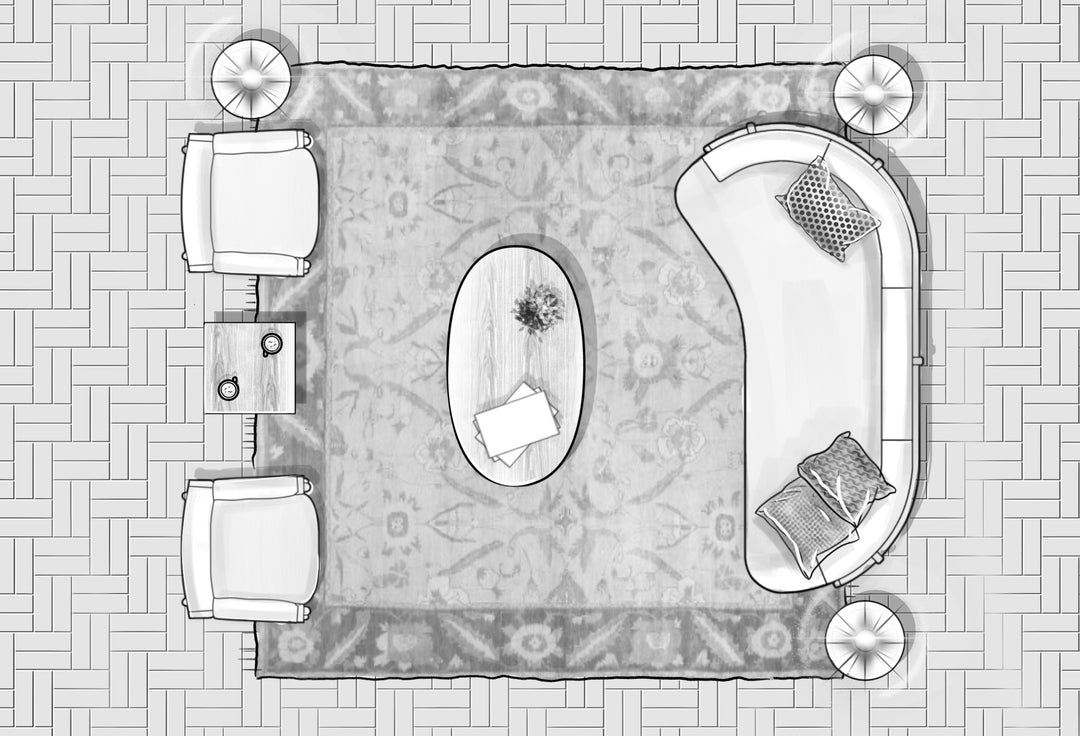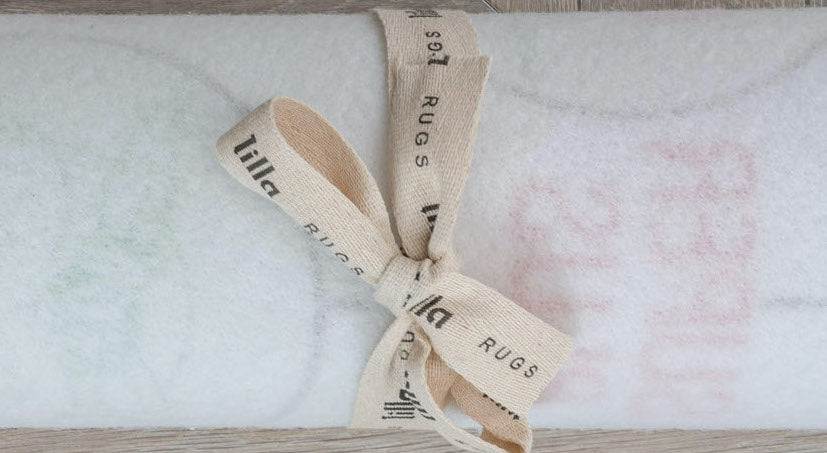Rugs on Walls
“Why let rugs fade under your feet? Now is the time to treat them like true works of art”
— Elle Decoration UK (Feb Issue 2018)
Handmade rugs really are pieces of art. Hours, weeks, months, sometimes years of craftsmanship goes into the intricate weaving of each piece. Each and every little knot is like a paint stroke. So why wouldn't you display your rug on a wall, gallery-style, like you would a painting? Finally, their true beauty is being celebrated, and rug hanging is having a comeback.
The most important point to make is that it is only handmade rugs that qualify as pieces of art.
There are two main options: a pictorial rug, or a floor rug framed.
1. Pictorial Rugs
You can view our collection of wall art here.
Pictorial rugs are rugs that feature detailed images or scenes rather than traditional patterns or designs. These images may be realistic or abstract and can range from depictions of landscapes and animals to portraits and abstract designs.
Pictorial rugs have a long history in many cultures, including Persia, Turkey, and India. In these cultures, rugs were often created as works of art and were highly valued for their beauty and craftsmanship. Pictorial rugs were especially prized for their ability to tell a story or capture a moment in time.
Today, pictorial rugs continue to be popular among collectors and art enthusiasts. Many contemporary rug designers are also creating pictorial rugs, often using modern techniques and materials. These rugs can be used as decorative pieces in a wide range of settings, from traditional to modern, and can add a unique and personal touch to any room.
Featuring: MASOULEH Persian Tabriz, and Pinterest image.
2. Framing Floor Rugs
Framing a rug can be a great way to protect it from damage while still allowing it to be displayed and enjoyed.
Here are some tips when you approach hanging floor rugs:
1. Choose the right rug: Not all rugs are suitable for wall hanging. Look for a rug that is relatively flat, with no heavy fringe or tassels. Our top picks would be a high quality Persian Silk or Persian Nain rug. Or for a more aztec look and feel, a Kilim rug.
Left to right: RAPLH Signed Persian Nain 4La, KEW Signed Persian Qum Silk, RIXIE Persian Qashqai Kilim.
2. Determine the best location: Choose a location where your rug will be visible and enhance the room's decor. You can also consider the weight of the rug and make sure that the wall can support it.
3. Use the right hardware: Use a strong and sturdy mounting hardware, such as a rug hanger or a decorative rod. Make sure to install it securely into the wall. If you need help with fittings and fixtures, feel free to get in touch.
4. Hang the rug: Attach the mounting hardware to the rug and carefully hang it on the wall. Make sure it is level and centered. Our top tip with hanging: 60 inches/ 150cm from centre to the floor is the magic number. If you're hanging your rug above furniture, it can be 4-6 inches / 10-15cm above the piece. If the rug is going above a sofa or console, the piece should be approximately 2/3 width of the furniture.
Photo credit: wilddecoelis, food52.com
Go on, give it a go!
Here is some more advice on how to hang rugs on walls without causing any damage.
Not sure if you can afford a luxury rug to hang on a wall? Have a read of our blog article, explaining why Persian rugs are a good value investment. If you have any further questions, check out our FAQ's page.


